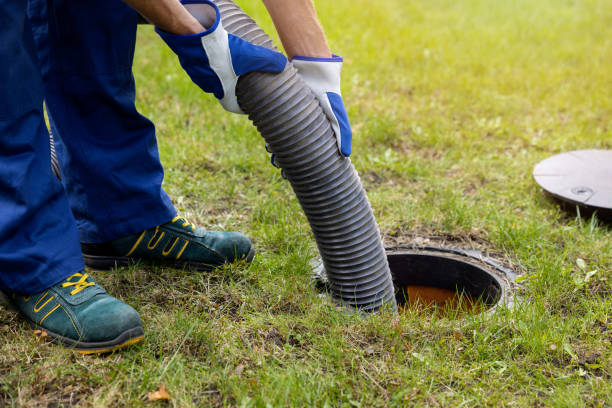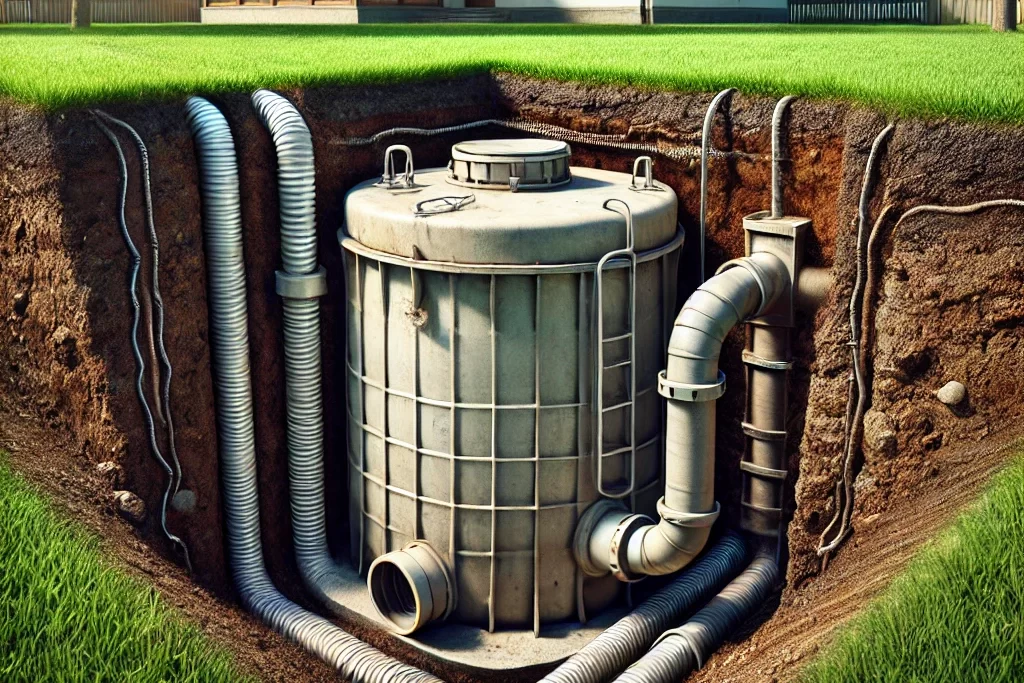Failing to maintain your septic system can lead to significant financial, emotional, and time-consuming consequences. Repairs for a malfunctioning septic system typically range from $1,775 to $6,000, while complete replacements can exceed $20,000 in severe cases. Beyond the economic burden, the time and frustration involved can be overwhelming, coordinating inspections, dealing with disruptions to your home, and waiting for costly repairs to be completed. Septic failures also risk contaminating groundwater, creating further stress and potential health concerns for your family and community. Regular maintenance saves not just money but also the headaches and stress of unexpected system failures.
The Do’s and Don’ts of Septic System Maintenance
Septic systems are a critical yet often overlooked part of your home. Proper care is essential to avoid the hassle and expense of repairs. Here’s how to keep yours running smoothly:
Do’s
✅ Schedule Regular Maintenance: Have your septic tank inspected and pumped every 3-5 years. Regular pumping removes buildup and prevents blockages that could lead to backups. For example, a family of four using a small tank may need inspections more frequently than a single-person household.
✅ Be Water-Wise: Spread out high water usage. For instance, instead of doing five loads of laundry in one day, spread them across the week to avoid overloading your septic system.
✅ Dispose of Waste Properly: Use a drain catcher to prevent food scraps and grease from entering your system. Compost kitchen waste and throw grease in the trash instead of down the sink to avoid clogs.
✅ Protect Your Drain Field: Keep vehicles, heavy machinery, and large gatherings off your drain field. Even a quick park or gathering could compact the soil and damage the pipes.
Don’ts
❌ Flush Improper Items: Even if a product is labelled “flushable,” it may not break down in your septic system. Avoid flushing wipes, feminine hygiene products, or diapers.
❌ Use Harsh Chemicals or Additives: Septic systems rely on bacteria to break down waste. Harsh chemicals or additives can disrupt this balance, causing your system to malfunction.
❌ Plant Trees or Shrubs Near the Drain Field: Tree roots, especially from species like willows, can infiltrate pipes and cause blockages.
❌ Ignore Warning Signs: Don’t wait if you notice slow drains, unpleasant odours, or pooling water near your septic system. These are often the first signs of trouble.

The Hidden Costs of Septic System Neglect
Aside from repair costs, a failing septic system can significantly lower your property value. Contaminated groundwater can also lead to fines and cleanup expenses, depending on local environmental laws. By taking small steps now, you avoid not only financial burdens but also protect your family and community.
Protect Your Investment
Maintaining your septic system doesn’t have to be complicated or time-consuming. With regular inspections, proper waste disposal, and mindfulness of daily habits, you can prevent costly failures and extend the life of your system for years to come. Small actions make a big difference, both for your home and the environment.



